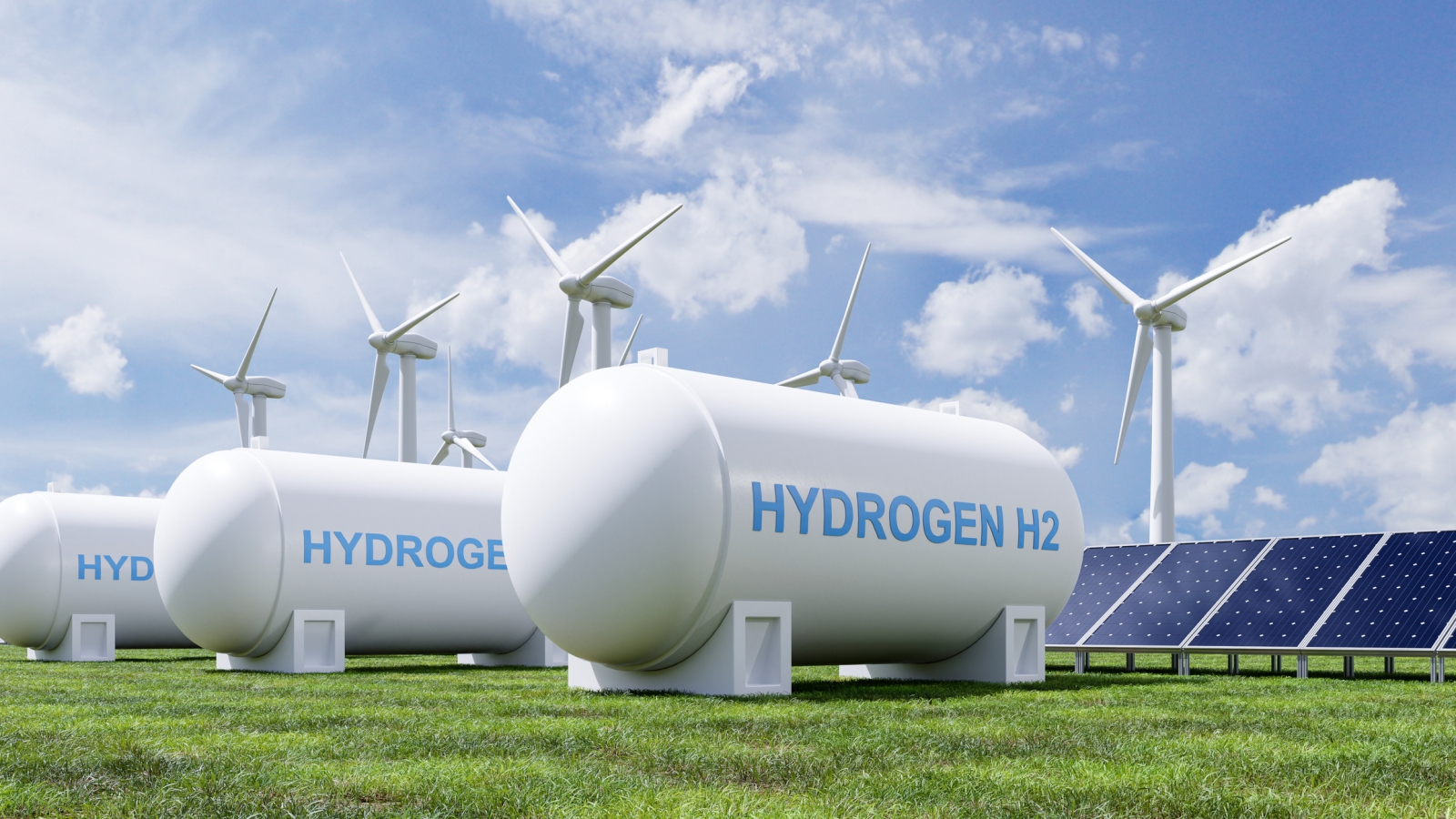
As the world grapples with climate change and the urgent need to reduce carbon emissions, nations are increasingly exploring innovative solutions. Among them, Singapore’s carbon-hydrogen has emerged as a beacon of hope and progress. This island nation, renowned for its financial prowess and technological advancements, is now pivoting towards carbon hydrogen as a means to achieve its ambitious sustainability goals. In this article, we will explore the significance of carbon-hydrogen in Singapore, its potential applications, and the broader impact on carbon neutrality and climate change mitigation.

What is Carbon Hydrogen?
Before delving into Singapore’s initiatives, it is essential to understand what carbon hydrogen entails. Carbon hydrogen refers to hydrogen produced with significantly lower carbon emissions compared to traditional hydrogen production methods. This typically involves the use of renewable energy sources or carbon capture technologies. Singapore aims to harness this innovative energy source, transforming how it generates power, fuels transportation, and manages industrial production.
Singapore’s Commitment to Sustainability
Singapore has long been a frontrunner in promoting green technology and sustainable practices. The country’s Green Plan 2030 outlines ambitious goals, including significant reductions in carbon emissions and the advancement of renewable energy sources. By embracing Singapore carbon hydrogen initiatives, the government seeks to enhance energy security, reduce dependence on fossil fuels, and facilitate sustainable urbanization.
Transitioning to carbon hydrogen is not merely a project for Singapore; it aligns with global efforts to combat climate change. By investing in hydrogen technology, Singapore positions itself as a key player in the burgeoning green economy, thereby collaborating with other nations and businesses to foster innovation.
The Role of Technology and Research
The Singaporean government recognizes that technology and research play critical roles in the success of its carbon hydrogen strategy. Research institutions, universities, and private sectors are actively collaborating to develop efficient technologies for hydrogen production, storage, and utilization. For example, using electrolysis powered by renewable energy can produce “green hydrogen,” which significantly reduces greenhouse gas emissions.
Moreover, Singapore has begun investing in research and pilot projects to test hydrogen’s various applications. These projects encompass a range of sectors, including energy, transportation, and industrial processes. By conducting these experiments, Singapore can gather valuable data and insights, helping to refine its carbon hydrogen approach.
Transportation and Carbon Hydrogen
One of the most promising applications of Singapore carbon hydrogen lies in the transportation sector. As cities around the world seek to reduce air pollution and greenhouse gases, hydrogen fuel cell vehicles (FCVs) offer a clean alternative to traditional fossil fuel-powered vehicles. Singapore has already initiated trials for hydrogen buses, showcasing a commitment to cleaner public transport.
In addition, hydrogen can serve as a solution for cross-border transportation. With a strategic location in Southeast Asia, Singapore can act as a hydrogen hub, exporting green hydrogen to neighboring countries. This strategy not only strengthens regional cooperation but also contributes to the overall reduction of carbon emissions across the region.
Industrial Applications
Singapore’s industrial sector stands to gain significantly from adopting carbon hydrogen technologies. Industries, especially those that rely heavily on fossil fuels, face increasing pressure to decarbonize. By integrating hydrogen into their processes, these industries can significantly cut down their carbon footprint. For instance, hydrogen can serve as a feedstock in chemical production or a source of heat in manufacturing processes, replacing coal and natural gas.
Furthermore, Singapore carbon hydrogen initiatives encourage various sectors to participate in the transition towards a more sustainable economy. Engaging industries in this transformation fosters innovation and creates new business opportunities. The nation’s proactive stance on sustainability appeal to global investors seeking to support green ventures.
Overcoming Challenges
Despite the clear benefits of adopting carbon hydrogen technologies, challenges remain. One significant hurdle is the need for extensive infrastructure developments, including hydrogen production plants, storage facilities, and distribution networks. However, Singapore’s strong infrastructure capabilities and government support provide a solid foundation for overcoming these obstacles. Additionally, collaboration between public and private sectors can stimulate investment and hasten infrastructure development.
Another challenge involves public perception and awareness. Educating the populace about the benefits of hydrogen energy is essential to garner support for such transitions. Thus, campaigns that promote the safety, efficiency, and environmental advantages of Singapore carbon hydrogen must play an integral role in the national strategy.
Conclusion: A Sustainable Future Awaits
As Singapore continues to pioneer carbon hydrogen initiatives, the potential for a greener, more sustainable future becomes increasingly tangible. The nation’s commitment to research and development, coupled with strong governmental support and industry collaboration, underscores its determination to lead in climate action. By harnessing the power of carbon hydrogen, Singapore not only addresses its energy needs but also sets a formidable example for other countries aiming to achieve carbon neutrality.
In summary, Singapore’s carbon hydrogen represents a critical piece of the puzzle in the global fight against climate change. With ongoing innovations and strategic investments, this vibrant city-state can turn its vision into reality, cultivating a sustainable environment for future generations. As we look ahead, the role of carbon-hydrogen in Singapore will undoubtedly shape the way we approach energy, industry, and transportation, paving the way for a cleaner, greener world.


